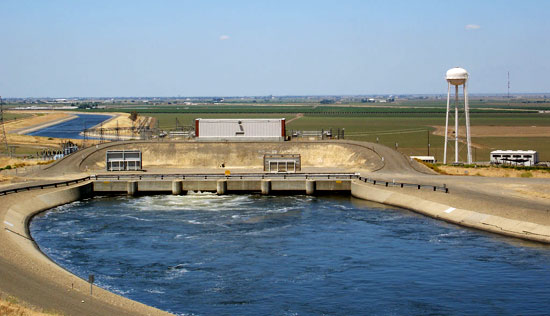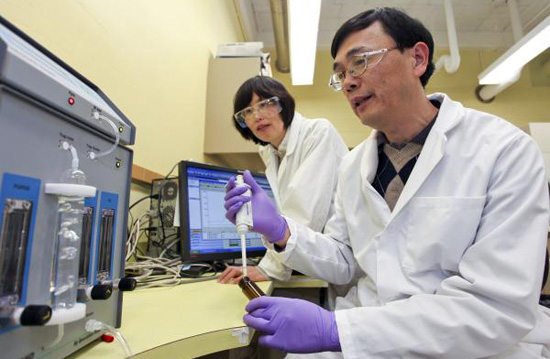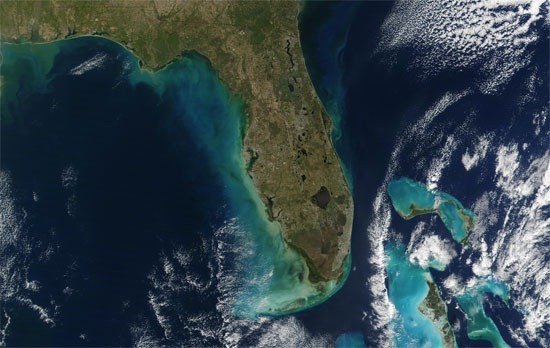EPA adds 10 sites to Superfund list
0The U.S. Environmental Protection Agency has added 10 hazardous waste disposal sites to its Superfund National Priorities List. Many see this as one of a series of moves by the EPA that signals a renewed interest in taking on the nation’s worst water pollution problems.
These ten additions raise the total number of sites on the Superfund’s NPL to 1,279. The new sites contain contaminants that could pose serious human health risks, according to an EPA press release; the pollutants include arsenic, benzene, chromium, copper, creosote, cyanide, dichloroethene (DCE), lead, mercury, perchloroethene, polychlorinated biphenyls (PCBs), selenium, and more.
The EPA is also proposing adding an additional eight sites to the NPL, making for a total of 61 proposed sites waiting final agency action.
The NPL dictates the sites that the EPA investigates to decide if remedial actions are required, and the federal Superfund supports restoration of the worst hazardous waste sites in the nation.
The following 10 sites are the new additions to the National Priorities List:
- Salt Chuck Mine (Outer Ketchikan County, Alaska)
- JJ Seifert Machine (Ruskin, Fla.)
- Kerr-McGee Chemical Corp – Jacksonville (Jacksonville, Fla.)
- Chemetco (Madison County, Ill.)
- Lake Calumet Cluster (Chicago, Ill.)
- Gratiot County Golf Course (St. Louis, Mich.)
- Kerr-McGee Chemical Corp – Navassa (Navassa, N.C.)
- Gowanus Canal (Brooklyn, N.Y.)
- Black Butte Mine (Cottage Grove, Ore.)
- Van Der Horst USA Corporation (Terrell, Texas)
EPA Adds Ten Hazardous Waste Sites to Superfund’s National Priorities List Action builds on efforts to clean up our communities [U.S. Environmental Protection Agency]













